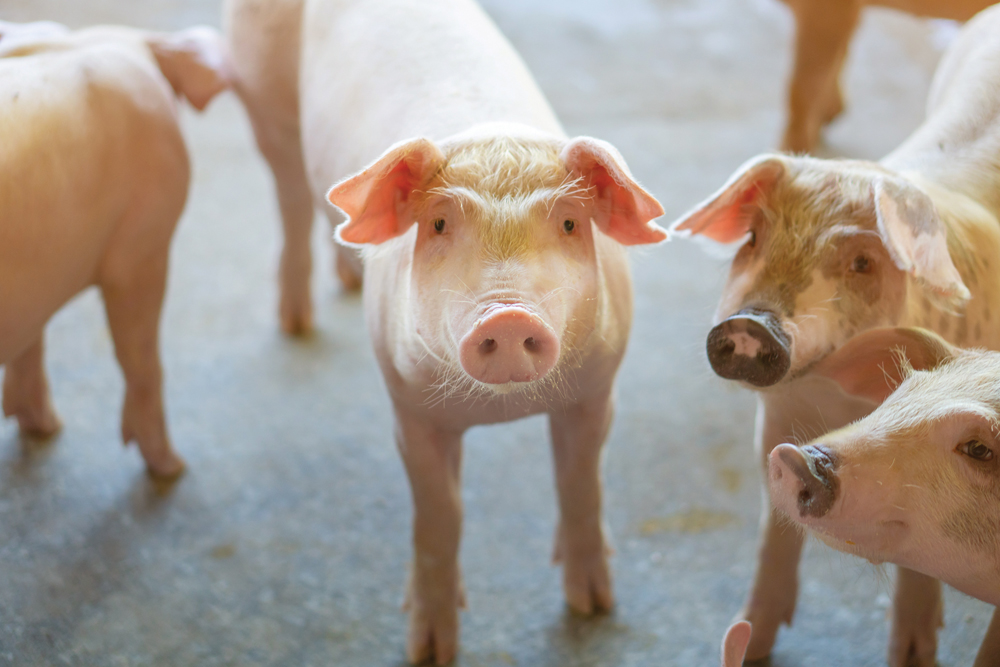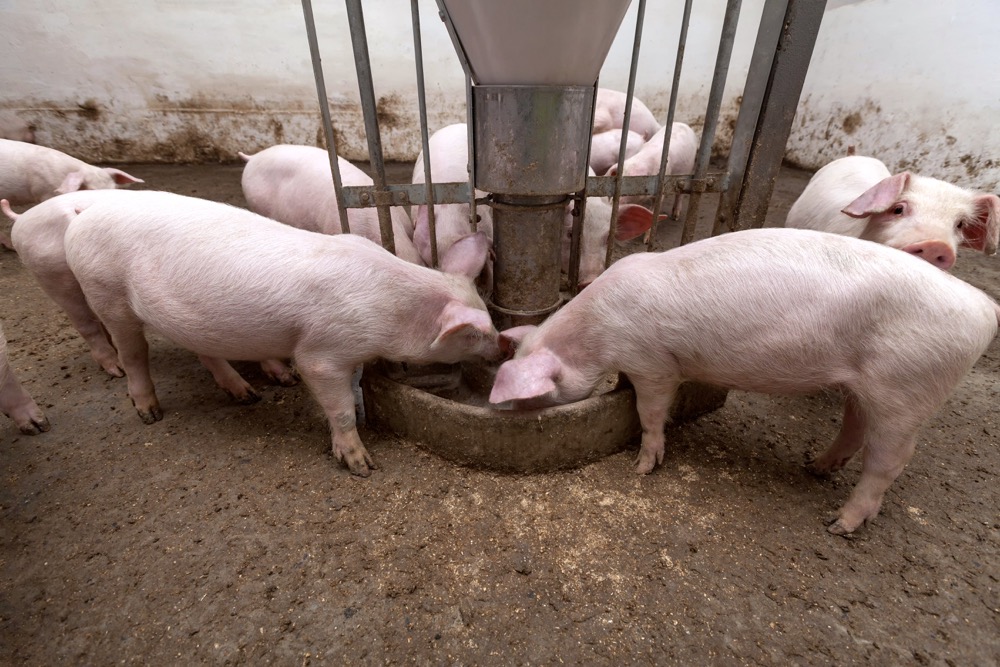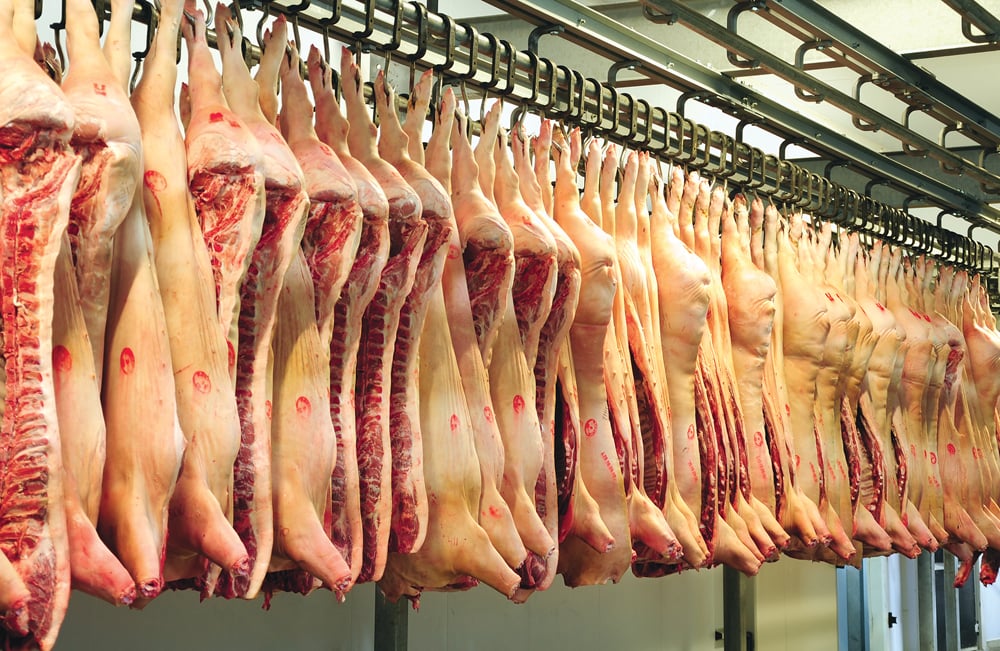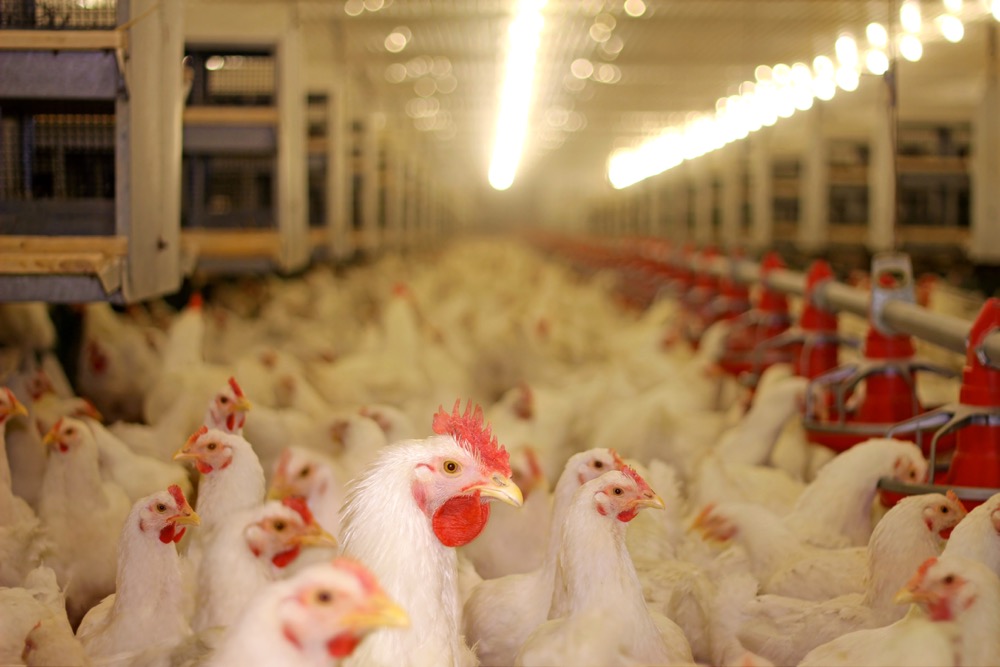The first hearing of the Commons agriculture committee in the new session of Parliament was on a familiar topic – the financial hemorrhaging in the pork industry.
For Jurgen Preugschas, president of the Canadian Pork Council and Jim Laws, executive director of the Canadian Meat Council, it was another opportunity to reiterate the problems facing the sector. This time they got support from a couple of Ontario farmers – Bob Reid, president of the Grey-Bruce Pork Producers and Curtiss Littlejohn, who farms near Paris, Ont.
Since 2006, pork farmers have been in a money-losing position, Preugschas said. While there’s a prospect for small profits this summer because of a drop in pig marketings in Canada and the United States, the situation gets bleak next winter.
Read Also
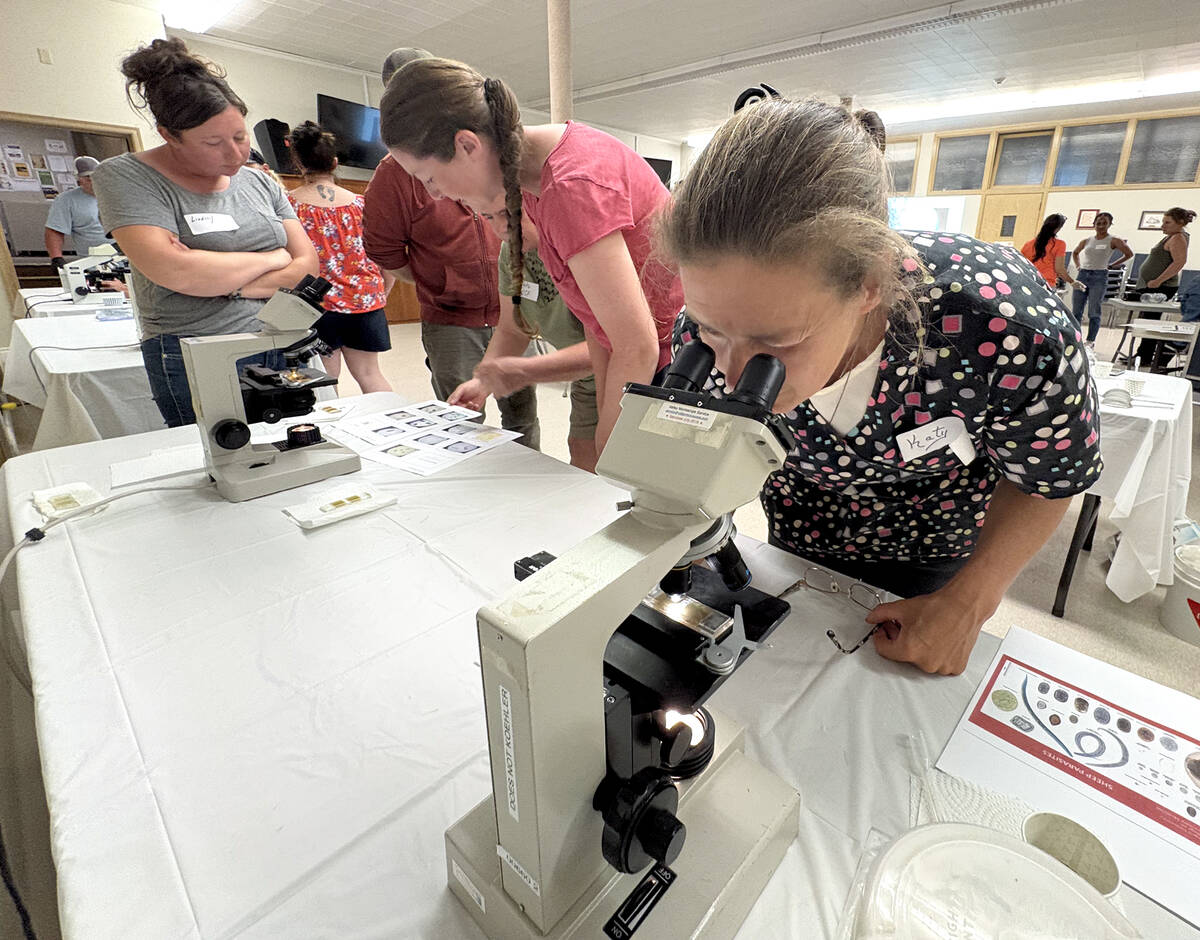
Smart deworming for sheep starts with individual fecal egg counts
Fecal egg count tests are one step to managing dewormer resistance and managing sheep parasites on Canadian sheep farms to maintain flock health.
The pork industry is worth supporting because it provides 75,000 jobs but many are at risk as plants shut down because of fewer pigs coming to market, he said. “Our production numbers have reduced by over 20 per cent in the last five years. In fact, the hog farms have reduced from the 2006 January survey of 12,320 farms down to 7,360 farms this January. This means we’ve lost some 5,000 producers in this four-year period – quite devastating for our industry. And I think we see a risk of many more closing down.”
The losses are coming from the sow reduction and hog transition programs as well as foreclosures by banks on producers, he added. The loan program Ottawa set up to support hog farmers hasn’t had much impact because banks have hesitated to lend money.
“So far there have only been 207 applications approved for that program,” he said. “The lending institutions have been a little bit reluctant, to put it mildly, to lend out the money that is available.” It appears that only $300 million to $400 million of $1 billion budgeted for the program has been spent.”
Agriculture Minister Gerry Ritz told the committee March 17 that if farmers are turned down by a bank for a loan under the program, they should apply to other banks or Farm Credit, which has been helping the industry.
Reid, who farms in the Ontario riding of committee chairman Larry Martin, said, “In Ontario there has been quite an interest generated recently about trying to develop a program where producers can at least get something closer to a cost-of-production-based insurance scheme that we would be willing to pay premiums on.” The question is whether Ottawa would contribute 60 per cent of the cost of the program.
Ontario farmers are concerned about regional disparity in farm support programs, he said. “ASRA in Quebec, for example, is viewed in our province with nothing but envy.” There should be “a more level playing field across the entire country.”
He also said politicians have to decide whether they want pork production to become highly concentrated as happened in the United States or remain spread out among family farms. “None of us have to be rich, but right now we can’t even feed our own families.”
Littlejohn said hog farmers have been losing $30 a hog for the last three years and on an average farm that translates into a loss “in excess of $1 million in equity, and that’s if they’re still in business, and if they could find a bank that would lend them money.”
Famous author Stephen King couldn’t write a horror story to match what the industry has been through with disease, low prices, high input costs, he said. “Unfortunately, I’ve had friends in Ontario who have chosen to take their own lives over this issue. It’s a sad state of affairs.”
The loan program was expected to help 75 per cent of producers but so far only three per cent have benefited, Littlejohn continued. “We should be ashamed of ourselves, that we would allow a program to be that ineffective, to be that ineffectual in assisting producers. If they keep going, we’ll get 220 producers on that program by the end of the month when the program expires and all of the funds will not have been used.”
Law said $2.6 billion of Canadian pork was exported last year and prospects are brighter this year with the reopening of the Chinese market.
At the same time, the loonie’s climb to nearly par with the U. S. dollar was another blow. Many pork processors are having problems finding enough animals because of the reduction in the national pig herd. And different rules on imported American hogs have effectively closed that source of supply.







